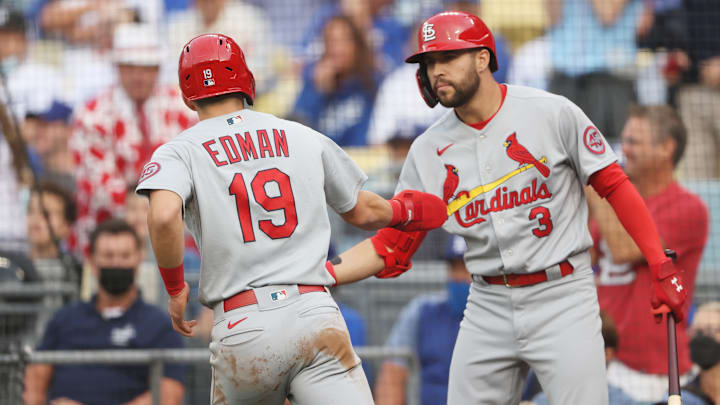The St. Louis Cardinals may finally have a direction at this year's trade deadline. With President of Baseball Operations John Mozeliak's recent comments, fans and reporters have a much better idea. While the team won't be selling off valuable assets (Paul Goldschmidt and Nolan Arenado), it sounds like players who aren't currently in the fold for the 2024 season are on the market.
This leaves the Cardinals with multiple tradeable assets at this year's deadline: Paul DeJong, Jack Flaherty, Jordan Hicks, Jordan Montgomery, and Tyler O'Neill. Mozeliak also referred to "household names" in the interview. This could include players such as Ryan Helsley, Dylan Carlson, and Tommy Edman. Lars Nootbaar could be a candidate, but I don't see the Cardinals dealing him given his strong advanced metrics and support from the city.
Let's rank these eight players on the possible return they may bring to the Cardinals. Keep in mind, some of these players are true "rentals", players who are free agents after this season, while others still have many years of control left. Team control is always a strong factor when evaluating trade candidates.
This list is not the likeliness of a possible trade. Rather, it is strictly the value these players hold and the magnitude of return. I will rank them from least valuable to most valuable. Let me also reiterate that the Cardinals are NOT trading Paul Goldschmidt or Nolan Arenado; these two players are integral parts of the 2024 lineup.
